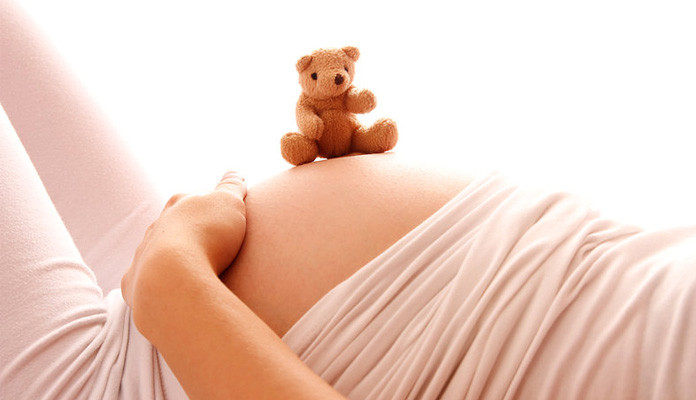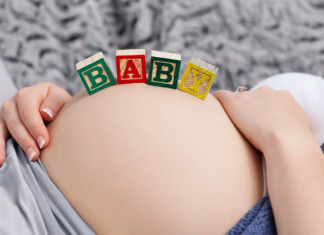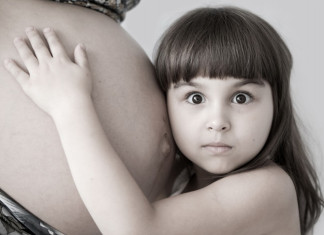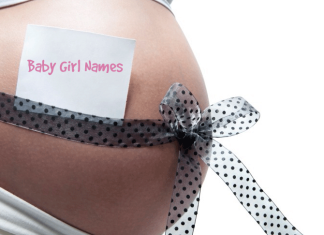
If you are 36 weeks pregnant, you are in the final month of your pregnancy. Any birth after the 36-week mark is termed as a full-term delivery. This calls for preparing for a delivery at any point after this week. You may need to start cleaning the house, buy baby clothes, setting up a crib, and even preparing a car seat for taking your baby from hospital to home.
Changes in Baby When 36 Weeks Pregnant
A 36 weeks pregnant woman is carrying a baby who is fully developed. At 36 week, your baby will be about 6 pounds in weight and nearly 19 inches from head to heel. From this point onwards, the baby will be gaining about 28 grams per day in fat. This is done so that the baby can cope with the conditions outside the mother’s womb. At the time of birth 15% of the body weight of the baby is fat deposit.
The development of the baby includes
The baby will be practicing blinking. A 36 week pregnant woman is carrying a fully developed baby. Baby starts sucking and their gums will become more rigid. The brain development of the baby is increased. They start responding to external stimuli.
Babies at this time can listen, touch, feel, and see. Their gums will look just like small teeth embedded within the jaw. The baby develops a pattern of sleep and wakefulness. They will open and close their eyes when awake and is asleep. They start responding to the sounds they hear from outside world. Mother’s sound is recognized by the baby. When familiar sounds are heard, the baby will respond by kicking the walls of the uterus.
Most babies will position themselves for birth when the mother is 36 weeks pregnant. The normal cephalic presentation position is achieved. Presentation is the word used to describe the position of the baby inside the mother’s womb. More than 95% of the babies are born in cephalic presentation i.e. their head will come out first. When the mother is 36 weeks pregnant, the head of her baby will be resting on her bladder. Their arms and legs are folded against their body and is waiting there to come out in a few days.
Changes in a 36 Weeks Pregnant Woman
This is a time of slight increase in discomfort for an expecting mother. She may regularly feel heart burns and in some cases difficulty in breathing. Both these happens due to the fact that the baby is gaining weight during pregnancy week by week. The uterus will be expanding towards the top, thus pushing up against the diaphragm. 36 weeks pregnant uterus will fill the entire abdominal cavity. The fundus at the tip of the breast bone will be pushed forward.
The transverse colon, liver, spleen, and stomach will be pushed into the vault of the abdominal cavity. Mother’s small intestine will be pushed to the sides of the uterus. The uterus pushes up the diaphragm to reduce the vertical height of lungs as much as 4 centimeters. To compensate this decrease in height, the lung cavity expands sideways, thereby keeping the lung capacity constant. This may cause a change in the position of heart.
At 36 weeks, the blood volume pumped through the heart is increased; this results in dilation of the heart. Although more blood is reaching the heart; the change in position of the heart and the upward pressure acting on the lungs results in the abdominal irritation and heart burns during this period. The cervix becomes thick, long, and will be filled with a mucous plug. Elongated vagina and urethra is a feature found in a 36 weeks pregnant woman. The tissue surrounding the perineal region will be enlarged and this will be readily expandable at the time of delivery.
Losing body balance is a common feature at this period. This is due to the fact that the hormonal changes are causing the pelvis and pelvic joints to loosen. Most important thing to remember is, not to panic at this stage or do anything in a rush. The Braxton Hicks contractions which are common during this period may be mistaken to be contraction of labor.
36th week in the pregnancy calendar is a phase just before the climax of the entire pregnancy period. Therefore it is necessary to know the things to be done by a 37 weeks pregnant mom.

















